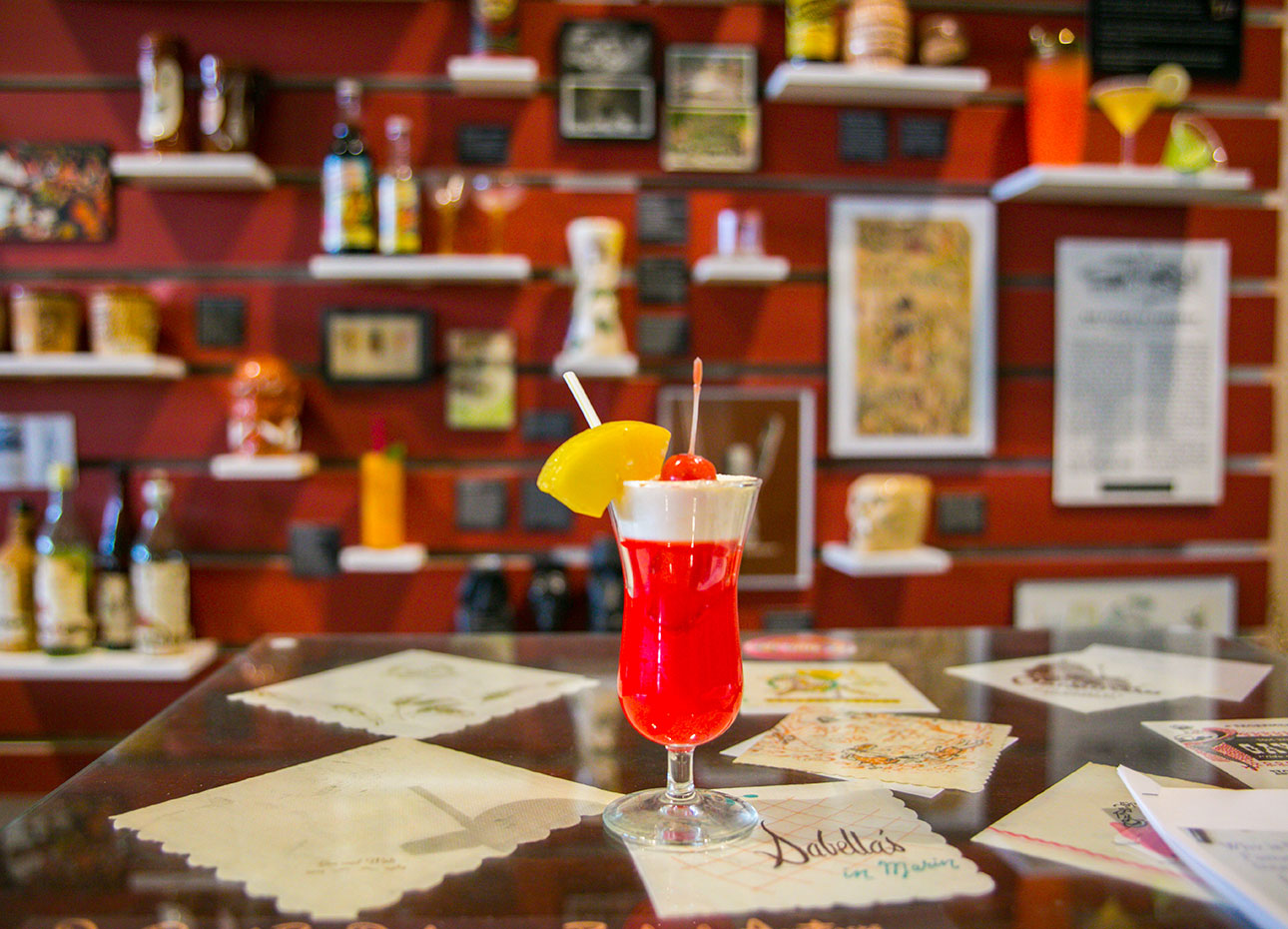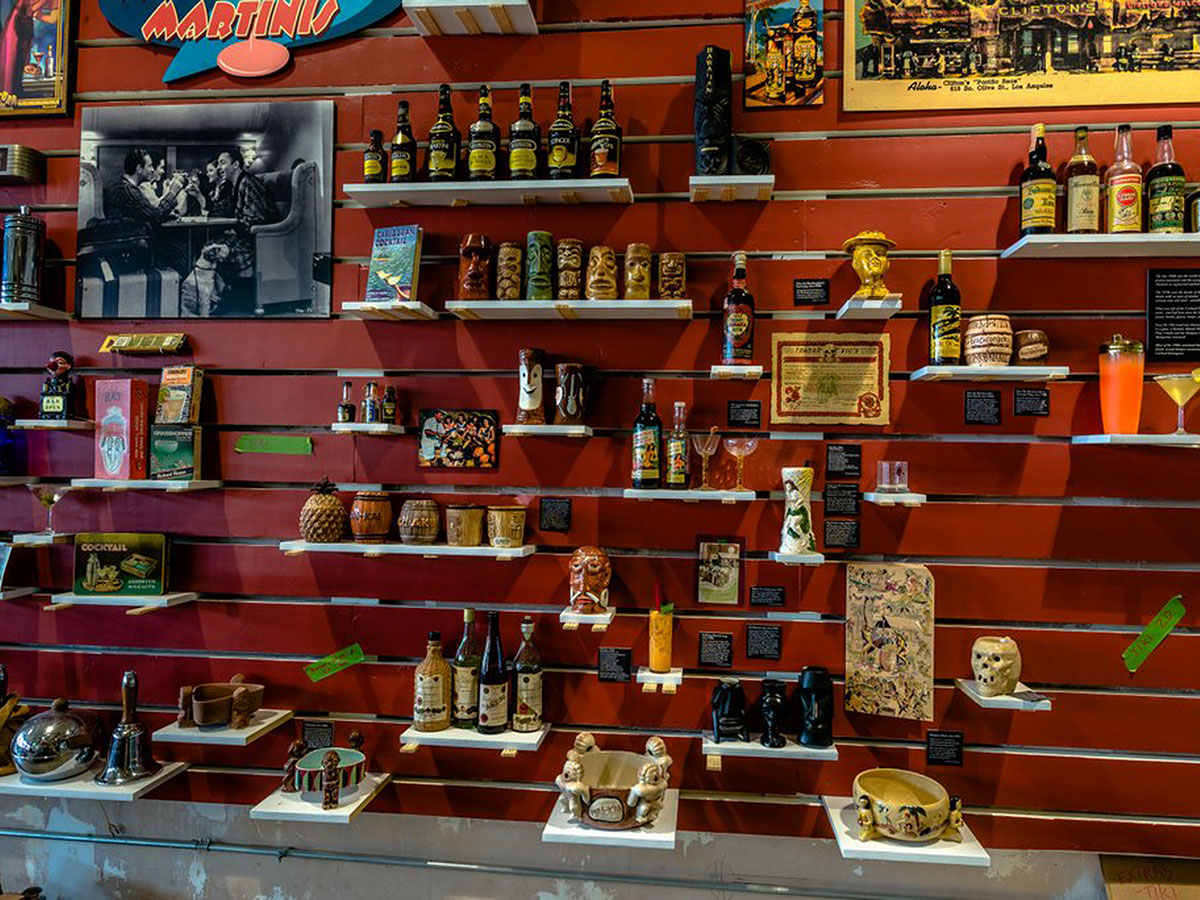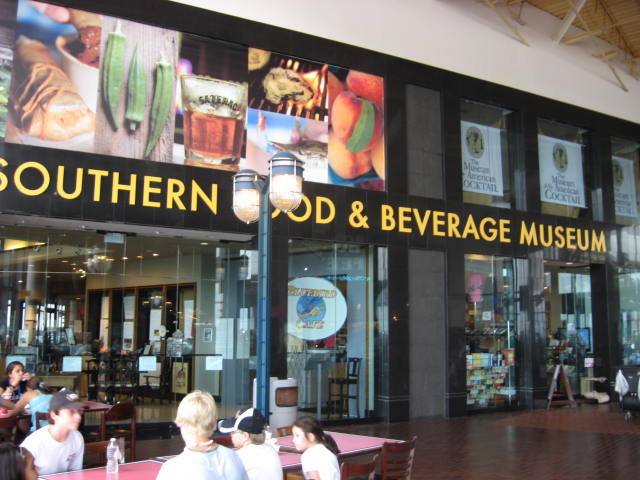Guide to the Southern Food & Beverage Museum and the Museum of the American Cocktail
Explore Louisiana’s rich culinary heritage in the heart of New Orleans.
When discussing Southern cuisine, Louisiana is at the forefront. You could spend a lifetime exploring our culinary nuances one bite at a time and you still might not ever be able to check off all the incredible culinary experiences to be had. To get a glimpse of just how deep Louisiana’s food culture goes, take a trip to the Southern Food & Beverage Museum.
About the Southern Food & Beverage Museum
The Southern Food & Beverage Museum honors Louisiana cuisine and the cultural and historical influences that have shaped iconic Louisiana dishes. The museum is located within the building that once housed the historic Dryades Market in New Orleans, less than two miles from the French Quarter.
What to See at the Southern Food & Beverage Museum
From barbecue to king cake, the museum’s exhibits showcase New Orleans’ top chefs and their phenomenal creations, Southern cuisine beyond Louisiana, and an entire gallery dedicated to culinary signage. See walls lined with different cans and bottles, old kitchens and stoves, vintage cookware, product containers, spices and other artifacts that tell the story of the food of Louisiana and the South.

Explore the history of absinthe at La Galerie de l'Absinthe.

Cocktail culture is a significant part of the area's history.

Explore the history of spirits.

The museum is located in the historic Dryades Market.
About the Museum of the American Cocktail
The location also contains a museum within a museum. One of the galleries serves as the official Museum of the American Cocktail. It’s fitting, because New Orleans has perhaps the most vigorous cocktail culture in the United States, and by some accounts even invented the cocktail — the Sazerac, according to many.
What to See in the Museum of the American Cocktail
This cocktail museum in New Orleans traces the history of spirits from the early times to today. Learn about Prohibition rings and see tools used by bootleggers and smugglers. Explore Tiki culture and how it gave the American people an escape from World War II.
The absinthe gallery, a significant piece of New Orleans' drinking history, showcases the drink’s wild history with detailed documentation, posters, artifacts from artists, writers and poets inspired by their encounters of the “green fairy,” delicate glassware and beautiful absinthe fountains. The Museum of the American Cocktail even features one of the largest collections of absinthe artifacts on display in the United States.
Other Things to Do at the Southern Food & Beverage Museum
At the Southern Food & Beverage Museum, you’ll learn the story of the po'boy, crawfish, beignets, gumbo and the famous Sazerac cocktail. So when you sit down to eat and drink, you know what you’re eating and why it exists.
The museum also has special events, cooking classes and demonstrations at least once a week, so be sure to check out the calendar of events to find out the latest.
Don’t leave without visiting the Gumbo Garden, which contains plants from the three continents that influenced the food of the American South — Africa, North America and Europe. The museum also hosts outdoor demonstrations and historical cooking exhibitions in this space.
Frequently Asked Questions About the Southern Food & Beverage Museum
What is the Southern Food & Beverage Museum?
The Southern Food & Beverage Museum, or SoFAB, is a museum dedicated to the history of food and drink in the South, as well as the food and beverage culture created and identified within Louisiana.
Where is the museum located?
The museum is located within the Dryades Market, at 1504 Oretha Castle Haley Blvd., New Orleans, Louisiana 70113.
What are the museum’s hours of operation?
The museum is typically open Thursdays to Mondays, from 11 a.m. to 5 p.m., and closed Tuesdays and Wednesdays, as well as all major holidays. Hours are subject to change, so please visit the SoFAB website for up-to-date information.
How much does it cost to visit SoFAB?
Tickets are $12 per adult, ages 21 and older, with discounts for seniors, students, military and children. Ticket prices are subject to change, so please visit the SoFAB website to view current prices and purchase your tickets.
How can I contact the Southern Food & Beverage Museum?
You can call (504) 569-0405 to contact the museum, or visit their Facebook and Instagram for up-to-date information.
Where is the Museum of the American Cocktail?
The Museum of the American Cocktail is located inside the Southern Food & Beverage museum, at 1504 Oretha Castle Haley Blvd., New Orleans, Louisiana 70113.
What else can I do in New Orleans?
There’s a lot to do in the Crescent City! Experience the Audubon Aquarium and Insectarium, ride the streetcar through one of the city’s most historic neighborhoods or take a relaxing carriage tour of the Big Easy.



